44 information found on food labels
Things that MUST be on a Food Label - MenuSano The food label must include the name and address of the manufacturer, packer, and distributor as well as the factory. Should there be something wrong with the product, consumers have contact information at their fingterips so they can report it. Country of Origin This indicates to consumers where food was originally produced. The Importance of Reading the Food Label and Nutritional Facts The Importance of Reading Food Labels This information does two things: The Basics of Reading a Nutrition Label 1. Serving Size 2. Calories per Serving 3. Percent Daily Values 4. Nutrient Contents 5. Vitamins & Minerals 6. Ingredient List Putting it All Together Reading food labels makes a big difference when it comes to your family's health.
Food Labels (for Teens) - Nemours KidsHealth The information on food labels is based on an average adult diet of 2,000 calories per day. The actual number of calories and nutrients that kids need will depend on their age, weight, gender, and level of physical activity. (For more guidance, check out the USDA's MyPlate .) Fat Total fat shows how much fat is in a single serving of food.

Information found on food labels
How To Read Food and Beverage Labels - National Institute on Aging Although frozen and canned fruits and vegetables have food labels, fresh varieties often do not. You can find nutrition information for fresh vegetables and fruits on the USDA website. Or you can call the U.S. Department of Agriculture's Food and Nutrition Information Center at 301-504-5414. Understanding percent Daily Value (% DV) › how-to-read-food-labelsHow to read food labels | healthdirect Energy: A kilojoule is a measure of energy. To lose weight, you need to eat and drink fewer kilojoules (kJ) than you use. You should limit your intake of discretionary or junk foods — i.e. those that have more than 600kJ per serve. Food Labels | Nutrition.gov Food Labels Food labels can help you make healthy choices when buying food in grocery stores or restaurants. Labeling Organic Products USDA, Agricultural Marketing Service, National Organic Program Learn about organic foods, requirements, and how they are labeled. Calories on the Menu HHS, Food and Drug Administration
Information found on food labels. Food labels & nutritional information | Raising Children Network Food labels are included on all food products, except for very small packets and fresh foods like fruit, vegetables and local bakery or organic products. Food labels: tell you what ingredients and/or additives are in the food give you nutritional information about the food and food storage instructions tell you who manufactured the food. inspection.canada.ca › food-labels › labellingFood labelling for consumers - Canadian Food Inspection Agency Food labelling for consumers Important notice. The information on this web page is being updated to reflect changes to labelling information, which include nutritional information, list of ingredients, and food colour requirements due to amendments to the Food and Drug Regulations (FDR) and the implementation of the Safe Food for Canadians Regulations. What's on the Nutrition Facts Label | UNL Food A Nutrition Facts label lists the nutritional content, the serving size, and the calories for a recommended serving of a food product. This helps consumers make the best decision on how much to eat, maybe when they want to eat this food, or how they can better balance their food choices throughout the day. 5 Basic Elements that MUST be on Your Food Label Sugar, fat, and sodium content. Calorie counts and serving size. Freshness. Organic. GMOs. If they can't find what they're looking for or don't understand the label, they'll buy something else. In that same study, researchers learned people are more willing to buy a product if it's clearly labeled as 'healthy.'.
› eating-well › howHow to understand food labels | Eat For Health Labels on most packaged food must meet strict requirements that include information for people with food allergies, food additive listings and food storage instructions. More information about food labelling requirements can be found at Food Labels - What do they mean? Food Standards Australia and New Zealand [PDF, 1MB]. While food labels can ... How to Understand and Use the Nutrition Facts Label | FDA Dietary fiber, vitamin D, calcium, iron ad potassium are nutrients on the label that Americans generally do not get the recommended amount of. They are identified as nutrients to get more of.... joint-research-centre.ec.europa.eu › jrc-newsEvidence on food information – Empowering consumers to make ... Sep 09, 2022 · Means providing direct access to food information in the marketplace, such as menu labels, shelf-labels, and point-of-sale signs, can be effective at influencing consumers towards healthy behaviours, when compared to online means that require external tools to access the information (i.e., QR codes or website links). › food › food-labeling-nutritionChanges to the Nutrition Facts Label | FDA - U.S. Food and ... Mar 07, 2022 · Manufacturers with $10 million or more in annual sales were required to update their labels by January 1, 2020; manufacturers with less than $10 million in annual food sales were required to ...
What information is on a food label? | - From Hunger To Hope What are the eight bits of information on food labels? The quantity of nutrients in the food is listed on the nutrition information panel, which includes: vigour (kilojoules or calories) protein. fat. fat that has become saturated. carbohydrate. sugars. sulfate (salt). People often inquire about how to read a food label. Hidden Facts Behind Food Labels — What They Actually Mean Food labeled as organic has to have at least 95% of organic ingredients both in the US and the UK, however, something labeled as 'made with organic ingredients' can contain up to 30% non-organic ... Understanding Ingredients on Food Labels - American Heart Association Understanding Ingredients on Food Labels. Food labels are an important source of information about calories and the nutritional value of the foods you eat, a crucial tool in building a heart-healthy diet. The Nutrition Facts information is always displayed in the same orderly fashion and helps you understand how much of certain nutrients that ... All about Food Labels - HealthCheckSystems Less than 10 grams of fat, 4.5 g of saturated fat, and 95 mg of cholesterol per (100 gram) serving of meat, poultry or seafood. Light (fat) 50% or less of the fat than in the comparison food (ex: 50% less fat than our regular cheese) Light (calories) 1/3 fewer calories than the comparison food. High-Fiber.
USDA ERS - Food Labeling Manufacturers with $10 million or more in annual sales were required to switch to the new label by January 1, 2020; manufacturers with less than $10 million in annual food sales had until January 1, 2021 to comply. Future research can investigate whether the changes improved the diet quality of U.S. consumers.
Nutrition Labels 101: What's Required? What's Optional? Total carbohydrates is a required listing unless there is less than 1 gram, at which point it can be expressed as "contains less than 1 gram," or if less than 0.5 grams per serving, it can be expressed as zero. Sugars are the sneaky nutrient found naturally in many "healthy" foods, including fruit and milk.
Food Labels | CDC - Centers for Disease Control and Prevention If you eat the whole thing, you are eating 8 times the amount of calories, carbs, fat, etc., shown on the label. Total Carbohydrate shows you types of carbs in the food, including sugar and fiber. Choose foods with more fiber, vitamins, and minerals. Choose foods with lower calories, saturated fat, sodium, and added sugars. Avoid trans fat.
Food Labeling & Nutrition | FDA Food labeling is required for most prepared foods, such as breads, cereals, canned and frozen foods, snacks, desserts, drinks, etc. Nutrition labeling for raw produce (fruits and vegetables)...
Understanding Dates on Food Labels - Academy of Nutrition and Dietetics These are found primarily on perishable foods such as meat and dairy products. "Closed Dating" is a series of production numbers used by the manufacturer to indicate when a product was made. They primarily appear on shelf stable products such as cans and boxes of food. Except for infant formulas, product dates are not expiration dates.
Understanding Food Labels - Nutrition: Science and Everyday Application ... The serving size of the food is the amount that is customarily eaten at one time, and all of the nutrition information on the label is based on one serving of the food. ... as found in the DRI. 3. Most DVs are based on amounts for people age 4 years through adult, though there are DVs established for infants, toddlers, and pregnant and ...
› pet-food-labels-generalPet Food Labels - General | FDA The pet food label contains a wealth of information, if one knows how to read it. ... 25% of the product and be listed in the same order as found on the ingredient list. ... on pet food labels ...
› business-guidance › packaging-andPackaging and labelling | Food Standards Agency Food labels must be marked with either a ‘best before’ or ‘use by’ date so that it is clear how long foods can be kept and how to store them. Further information can be found in the guide on date marking on the Waste & Resources Action Plan (WRAP) website. Name and address of manufacturer
Understanding Food Labels | The Nutrition Source | Harvard T.H. Chan ... Understanding Food Labels The information on food labels is intended to help consumers become savvy about their food choices. The front, back, and sides of a package are filled with information to inform us what the food contains and to provide guidance in making healthier selections of processed foods.
Food Labeling Basics - Food Quality & Safety Food manufacturers with $10 million or more in annual sales will need to use the new label design by July 26, 2018; smaller manufacturers will have an additional year to comply. The ingredients statement must follow the Nutrition Facts Panel and must list all of the ingredients in the product in descending order of predominance by weight.
What is required on a food label? - USDA A meat and poultry label is required to contain 8 features. These are: the product name, inspection legend and est. number, handling statement, net weight statement, ingredients statement, address line, nutrition facts, and safe handling instructions. These requirements are found in the Code of Federal Regulations (9CFR 317.2/381 Subpart N).
Learn How the Nutrition Facts Label Can Help You Improve Your Health The label is required on all packaged foods made in the United States and imported from other countries. The US Food and Drug Administration (FDA) issued regulations in 2016 to update the Nutrition Facts label. This was the first major change to the label since it was introduced in 1994. Most items had the updated label by January 1, 2021.
About food labels - Canada.ca By law, most packaged food must be labelled with: a nutrition facts table, which gives you information on: serving size. calories. nutrients. percent daily values (% DV) an ingredient list, which lists all the ingredients in a food by weight. this begins with the ingredient that weighs the most and ends with the ingredient that weighs the least.
Food labels - Better Health Channel Food labels carry useful information to help you make informed choices about what you and your family eat and drink. Most packaged foods are required to have a label with this information, but the information required depends on the food type. The food label will tell you all sorts of information, including: what the food is manufacturer's details
Food Labels 101 - Penn Medicine A sodium level of 140 mg or less on the nutrition facts label is considered low sodium. This is an essential number to look for when reading the label. Total Carbohydrates - Fiber and Sugar Foods high in fiber can be beneficial to a healthy diet, as fiber helps manage blood sugar levels and can lower cholesterol.
Key Elements of a Food Label To Know | Food Labeling Info Although the FDA doesn't test the nutrition of every food product, you must report accurate information on your label. Below is a list of information that should be on your product's Principal Display Panel (the area most likely to be seen by consumers) in order to comply with labeling regulations: Food ingredients Minerals Caloric value
Food Labels | Nutrition.gov Food Labels Food labels can help you make healthy choices when buying food in grocery stores or restaurants. Labeling Organic Products USDA, Agricultural Marketing Service, National Organic Program Learn about organic foods, requirements, and how they are labeled. Calories on the Menu HHS, Food and Drug Administration
› how-to-read-food-labelsHow to read food labels | healthdirect Energy: A kilojoule is a measure of energy. To lose weight, you need to eat and drink fewer kilojoules (kJ) than you use. You should limit your intake of discretionary or junk foods — i.e. those that have more than 600kJ per serve.
How To Read Food and Beverage Labels - National Institute on Aging Although frozen and canned fruits and vegetables have food labels, fresh varieties often do not. You can find nutrition information for fresh vegetables and fruits on the USDA website. Or you can call the U.S. Department of Agriculture's Food and Nutrition Information Center at 301-504-5414. Understanding percent Daily Value (% DV)
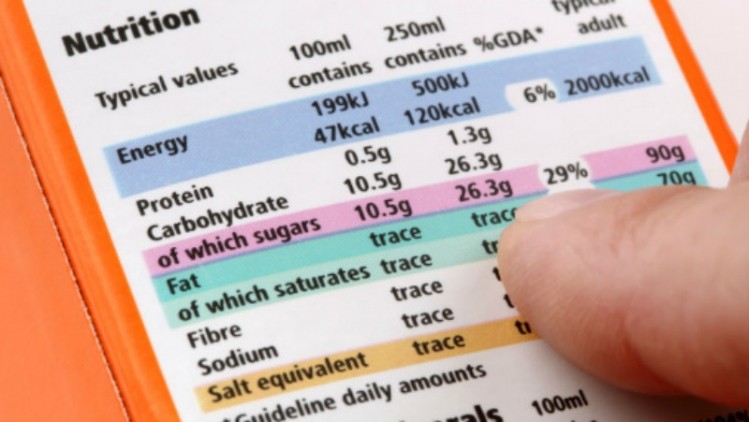




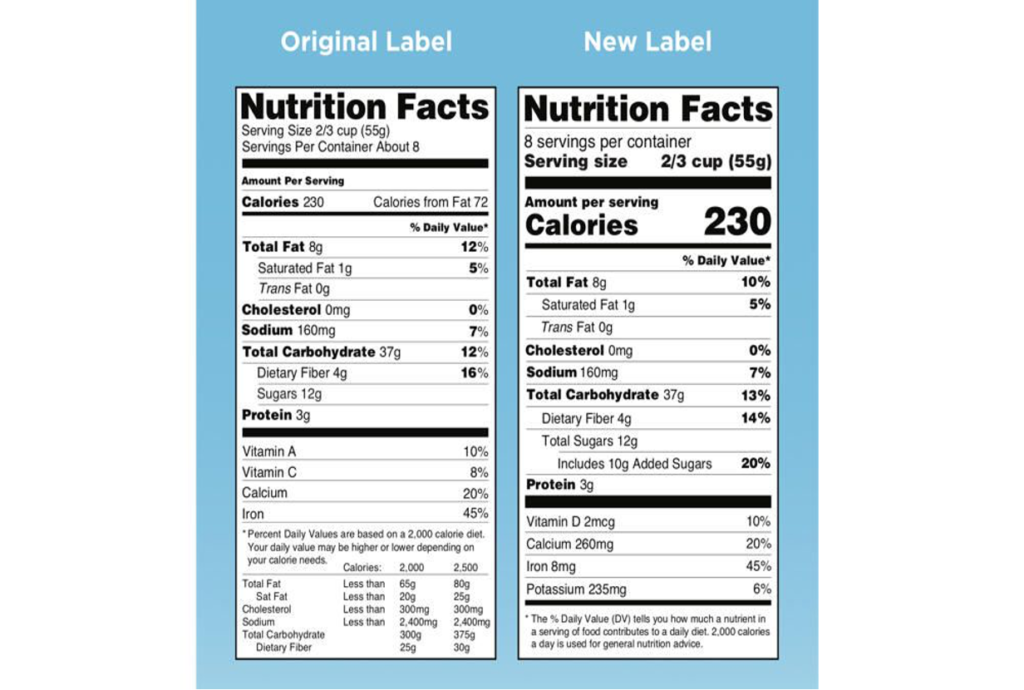










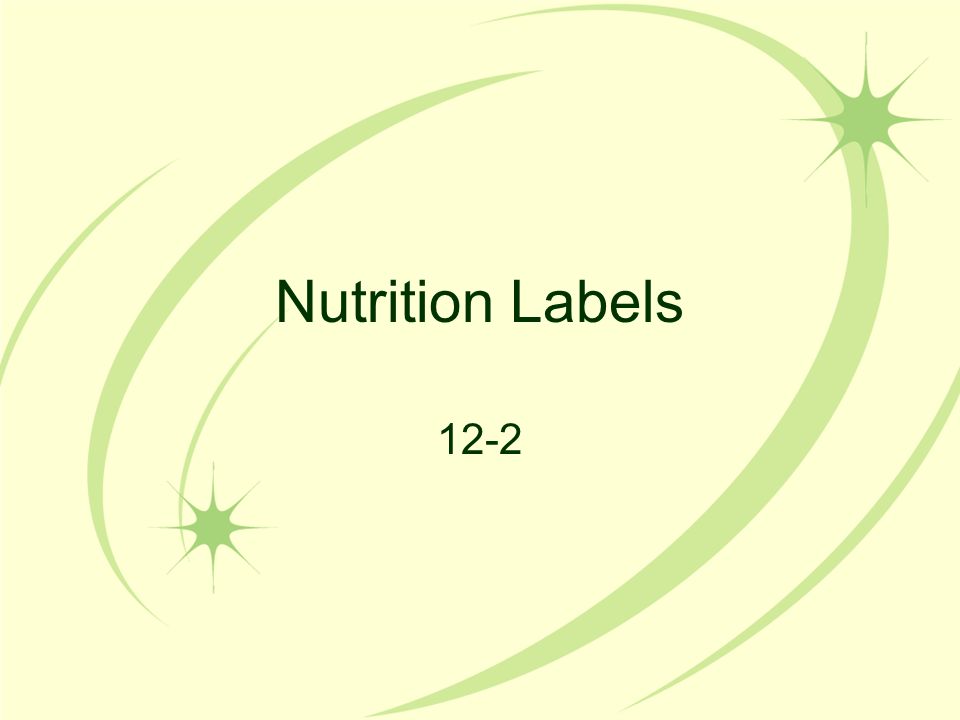
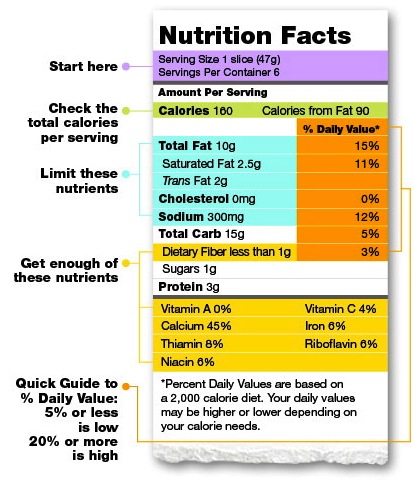
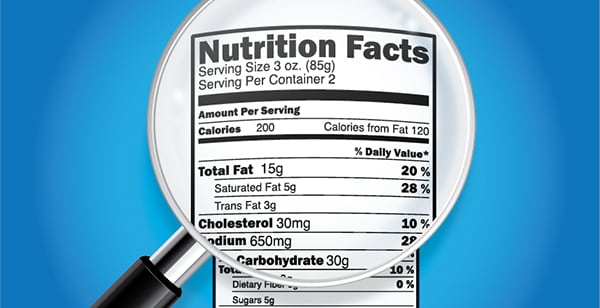
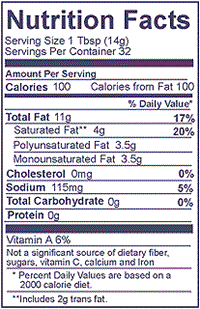

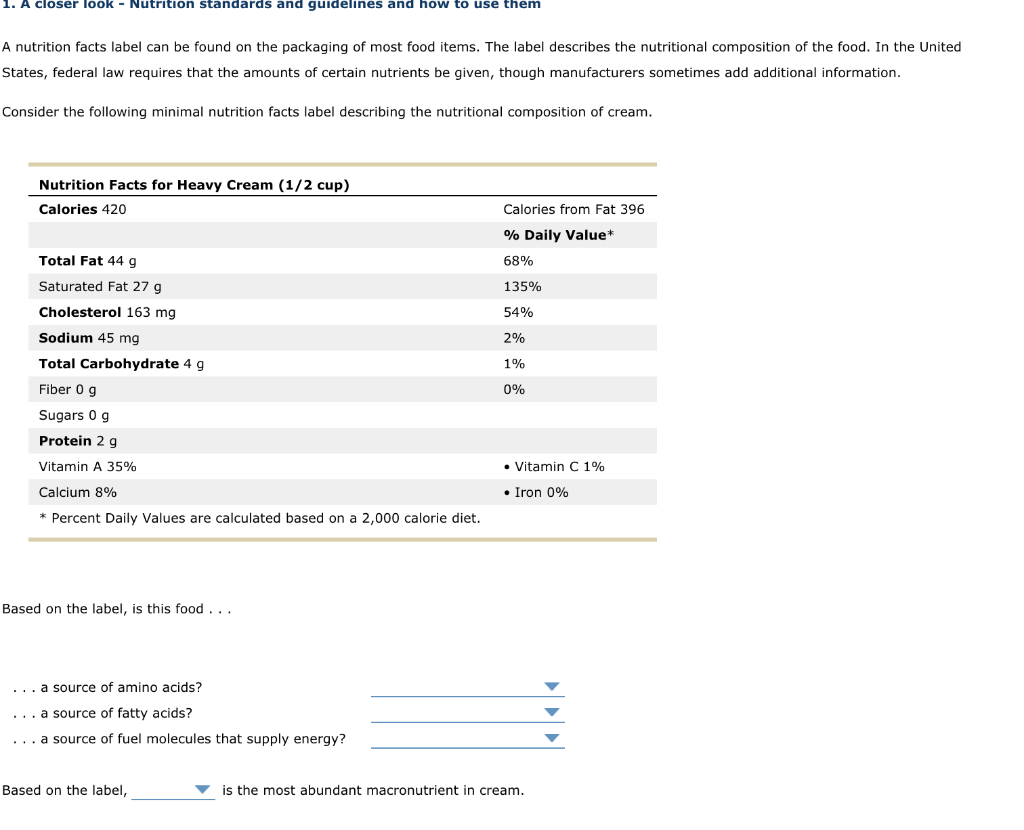





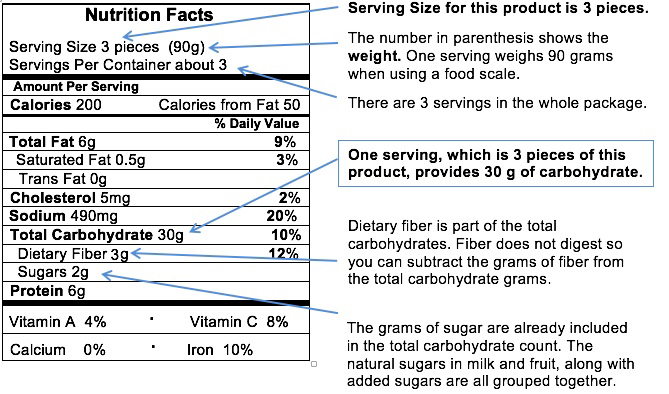
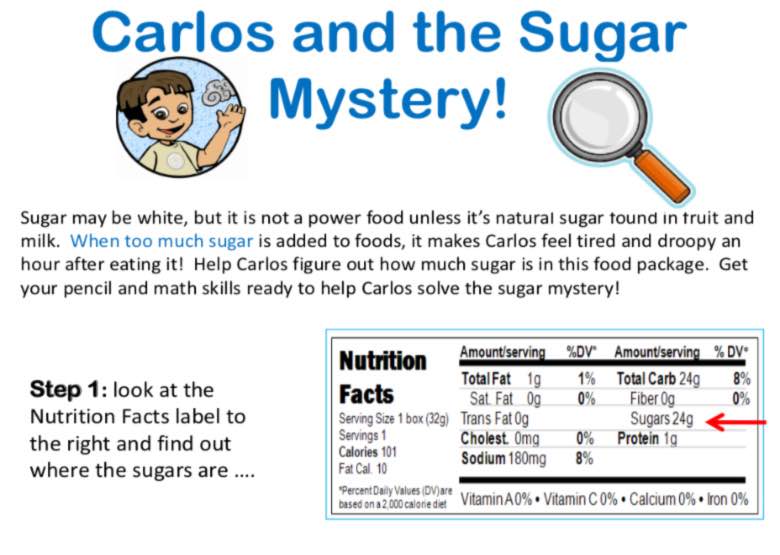


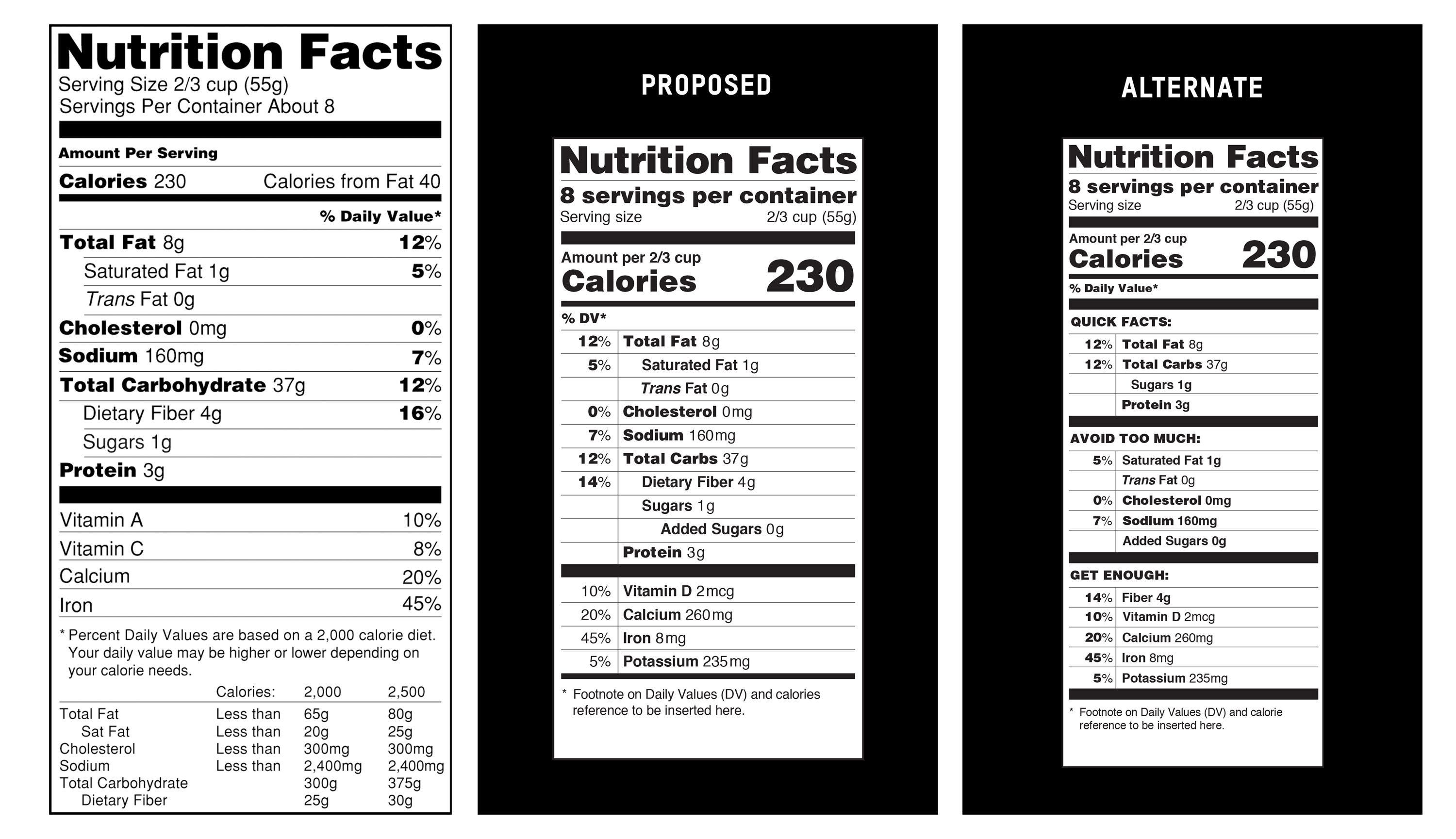
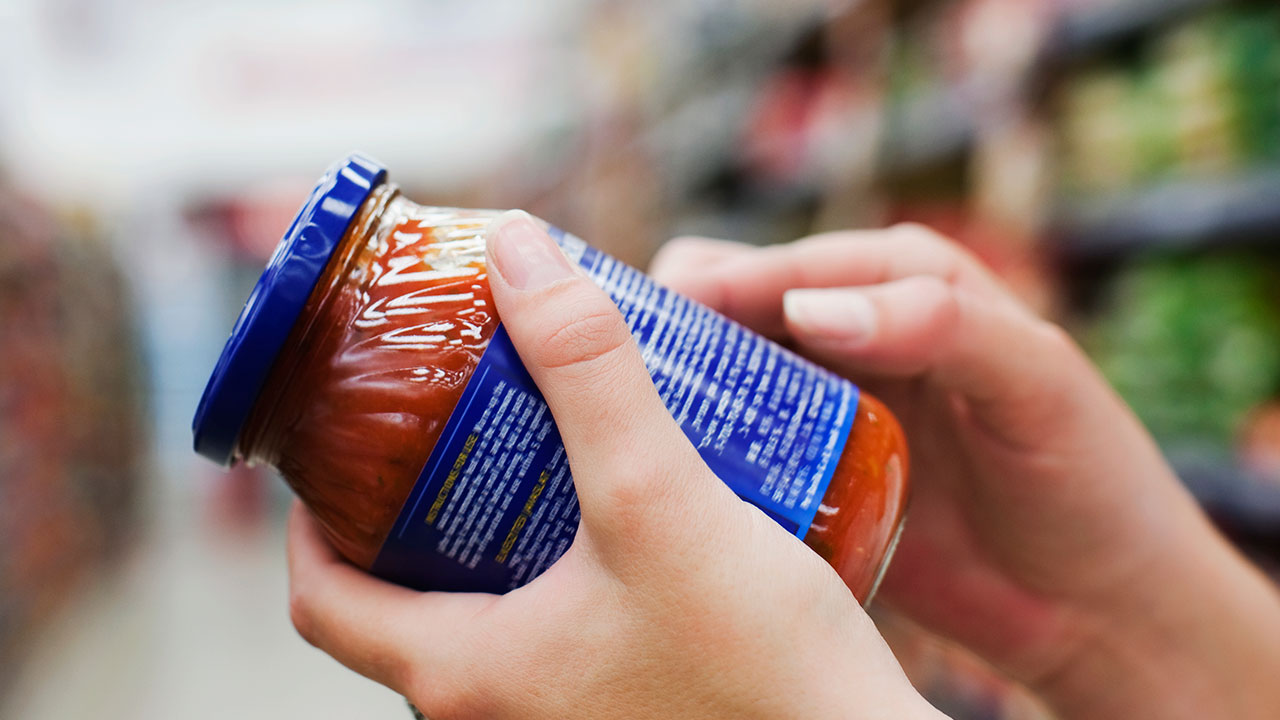




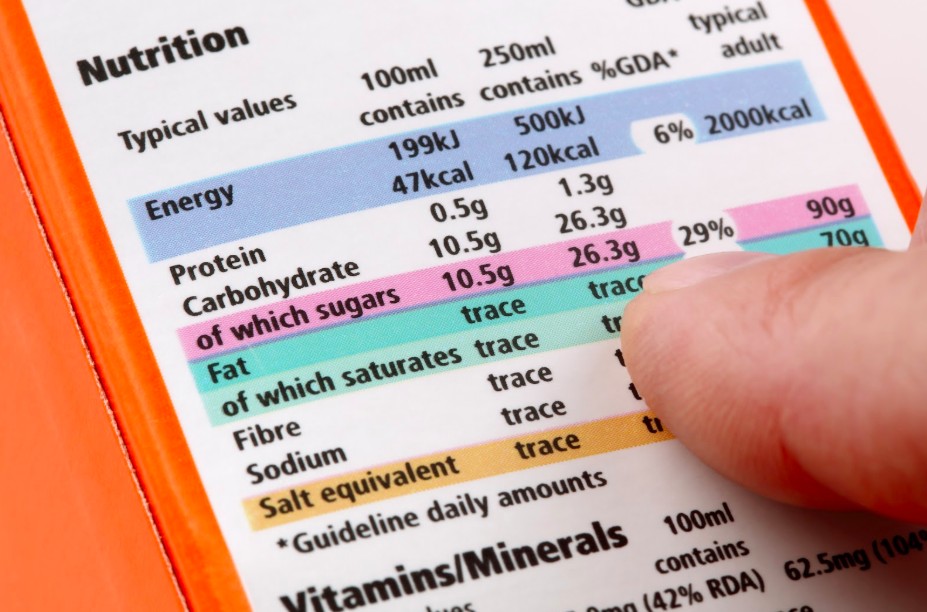
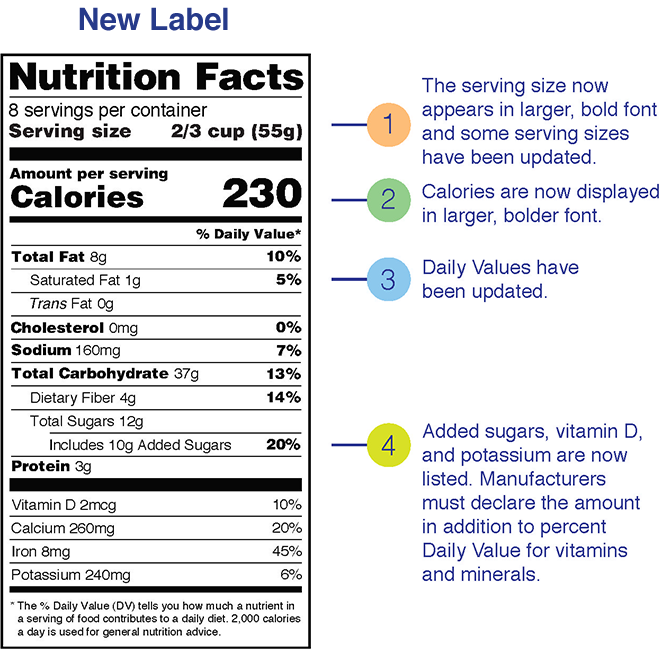


Post a Comment for "44 information found on food labels"